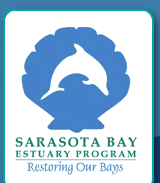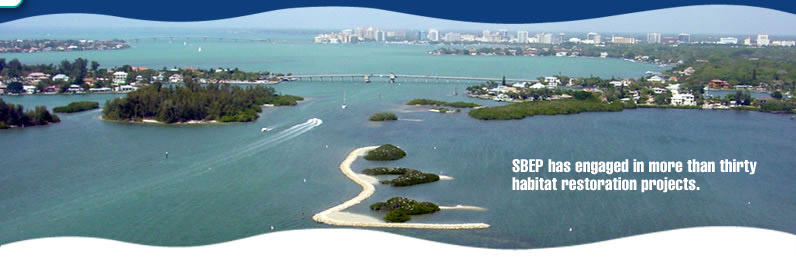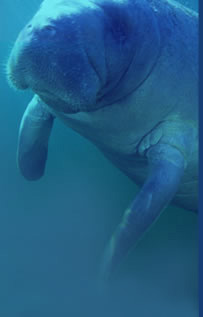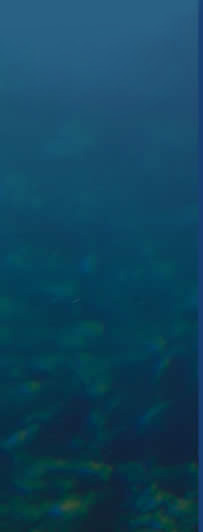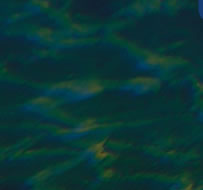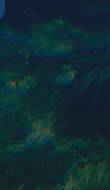
Shellfish
Shellfishing is not allowed in Sarasota Bay
Scallops
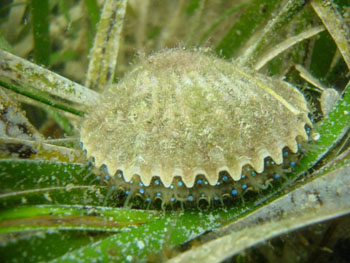 Bay scallop (Argopecten irradians) populations have declined over the past several decades throughout Florida, including Sarasota Bay. Fifty years ago, thousands of pounds scallop meats were landed along the Florida Gulf coast; today it is difficult to find any scallops in these same estuaries. This led to drastic changes in the way scallops were managed in state waters. In 1994, waters south of the Suwannee River were closed to harvest while recreational limits were reduced. This also marked the end to commercial bay scallop fishing in Florida. Through a combination of restoration and management practices, the recreational fishery was re-opened in west central Florida, but still remains closed in Sarasota Bay. Bay scallop (Argopecten irradians) populations have declined over the past several decades throughout Florida, including Sarasota Bay. Fifty years ago, thousands of pounds scallop meats were landed along the Florida Gulf coast; today it is difficult to find any scallops in these same estuaries. This led to drastic changes in the way scallops were managed in state waters. In 1994, waters south of the Suwannee River were closed to harvest while recreational limits were reduced. This also marked the end to commercial bay scallop fishing in Florida. Through a combination of restoration and management practices, the recreational fishery was re-opened in west central Florida, but still remains closed in Sarasota Bay.
SBEP Staff Scientist Dr. Jay Leverone (jay@sarasotabay.org) and colleagues from FWRI have developed a promising method of restoration designed to effectively rebuild local scallop populations. Briefly, the approach involves improved husbandry practices, leading to increased production of healthy, viable scallop larvae. These larvae are the principal restoration unit. The scallop larvae are released into the estuary- under specific, controlled conditions- just prior to metamorphosis and settlement, usually 8-10 days after hatching. Our ability to assess the effectiveness of releasing larvae as well as monitoring the entire restoration process is facilitated by the design of our release strategy. The larvae are transferred to temporary in situ enclosures, thereby establishing a marked location where the released scallops can be found during subsequent monitoring events. Our larval release strategy circumvents the higher costs and intense labor commitments associated with more traditional restoration approaches that use adults and juveniles as restoration units. It also incorporates a quantifiable monitoring strategy.
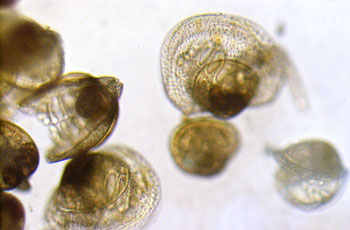
The initial test of our larval release method was conducted in Pine Island Sound in southwest Florida during 2003. We were able to readily detectable larval settlement shortly after releasing the larvae. Furthermore, we found numerous juvenile scallops within the enclosure footprint three months later, and adult densities 100 times higher at the release site nine months following larval release. Even more exciting was the discovery of dramatically higher adult scallop abundances (two orders of magnitude) near the release site the following year! Pine Island Sound- which prior to restoration had only minimal numbers of scallops- had the highest density of scallops than any other region in the entire state that year!
This approach to scallop restoration has been recently expanded into lower Tampa Bay and Sarasota Bay- as well as repeated in Pine Island Sound- over the past three years. Again, we observed excellent settlement to artificial collectors. This year- through the efforts of volunteer-based scallop searches in both Tampa and Sarasota Bays- more scallops were found in these two estuaries than any other time in the past fifty years! Thus, we have demonstrated that our larval release approach shows real promise as a means of rebuilding local bay scallop populations in Florida coastal waters.
Fisheries Independent Monitoring (FIM) Program
The Fisheries-Independent Monitoring (FIM) program is a statewide, long-term program designed to monitor the relative abundance of Florida’s fisheries resources. This program, developed, conducted and managed by the Florida Fish and Wildlife Research Institute (FWRI), has three primary goals: 1) address the critical need for effective assessment techniques for an array of species and sizes of fishes and selected invertebrates, 2) providing timely information for use in management plans, and 3) monitoring trends in the relative abundance of fishes and selected invertebrates in a variety of estuarine and marine systems throughout Florida.
The FIM program has been in existence since the late 1980s. Over the years, program personnel have developed standardized sampling techniques to collect fish and selected invertebrates in many of the state’s estuaries, tidal rivers and coastal areas. Because the FIM database is long-term, is based on a standardized sampling with a variety of gears and techniques, and covers a broad geographic area, researchers at FWRI and elsewhere find it useful for a variety of scientific and management purposes. Some of these purposes include preparation of species inventories, documentation of a particular species’ habitat and dietary requirements, fish and estuarine health, development of ecosystem models, and assessment of the implications of water-resource management actions. Thus, the Sarasota Bay Estuary Program (SBEP) is very excited to welcome the FIM program into Sarasota Bay, since they are well-positioned to monitor fish and selected invertebrate populations in our waters.
The FIM program will start this summer. We look forward to learning more about our resident fish communities and sharing this information with you. For more additional details regarding FIM visit the Additional Research section of this website or contact SBEP's Staff Scientist Dr. Jay Leverone at jay@sarasotabay.org or 941-955-8085.
Aquaculture
The broad term “aquaculture” refers to the breeding, rearing, and harvesting of plants and animals in all types of water environments, including ponds, rivers, lakes, and the ocean. Similar to agriculture, aquaculture can take place in the natural environment or in a manmade environment. Using aquaculture techniques and technologies, researchers and the aquaculture industry are “growing,” “producing,” “culturing,” and “farming” all types of freshwater and marine species.Aquaculture is the fastest growing form of food production in the world. It is also a significant source of protein for people in many countries, including the United States. Globally, nearly half the fish consumed by humans is produced by fish farms. This worldwide trend toward aquaculture production is expected to continue. At the same time, demand for safe, healthy seafood is also expected to grow. For more information visit the following links:
http://mote.org/index.php?src=gendocs&link=AquacultureResearchandDevelopment&submenu=Research
http://research.myfwc.com/
Consumption Advisory
Seafood Watch - “Make Choices For Healthy Oceans”
Seafood Watch is a program of Monterey Bay Aquarium designed to raise consumer awareness about the importance of buying seafood from sustainable sources. Seafood Watch's mission is 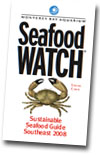 to empower consumers and businesses to make choices for healthy oceans. They recommend which seafood to buy or avoid, helping consumers to become advocates for environmentally friendly seafood. They're also partners of the Seafood Choices Alliance where, along with other seafood awareness campaigns, they provide seafood purveyors with recommendations on seafood choices. to empower consumers and businesses to make choices for healthy oceans. They recommend which seafood to buy or avoid, helping consumers to become advocates for environmentally friendly seafood. They're also partners of the Seafood Choices Alliance where, along with other seafood awareness campaigns, they provide seafood purveyors with recommendations on seafood choices.
Seafood Watch Southeast Guide pdf
Visit their site: http://www.mbayaq.org/cr/SeafoodWatch.asp
Back To Top |

